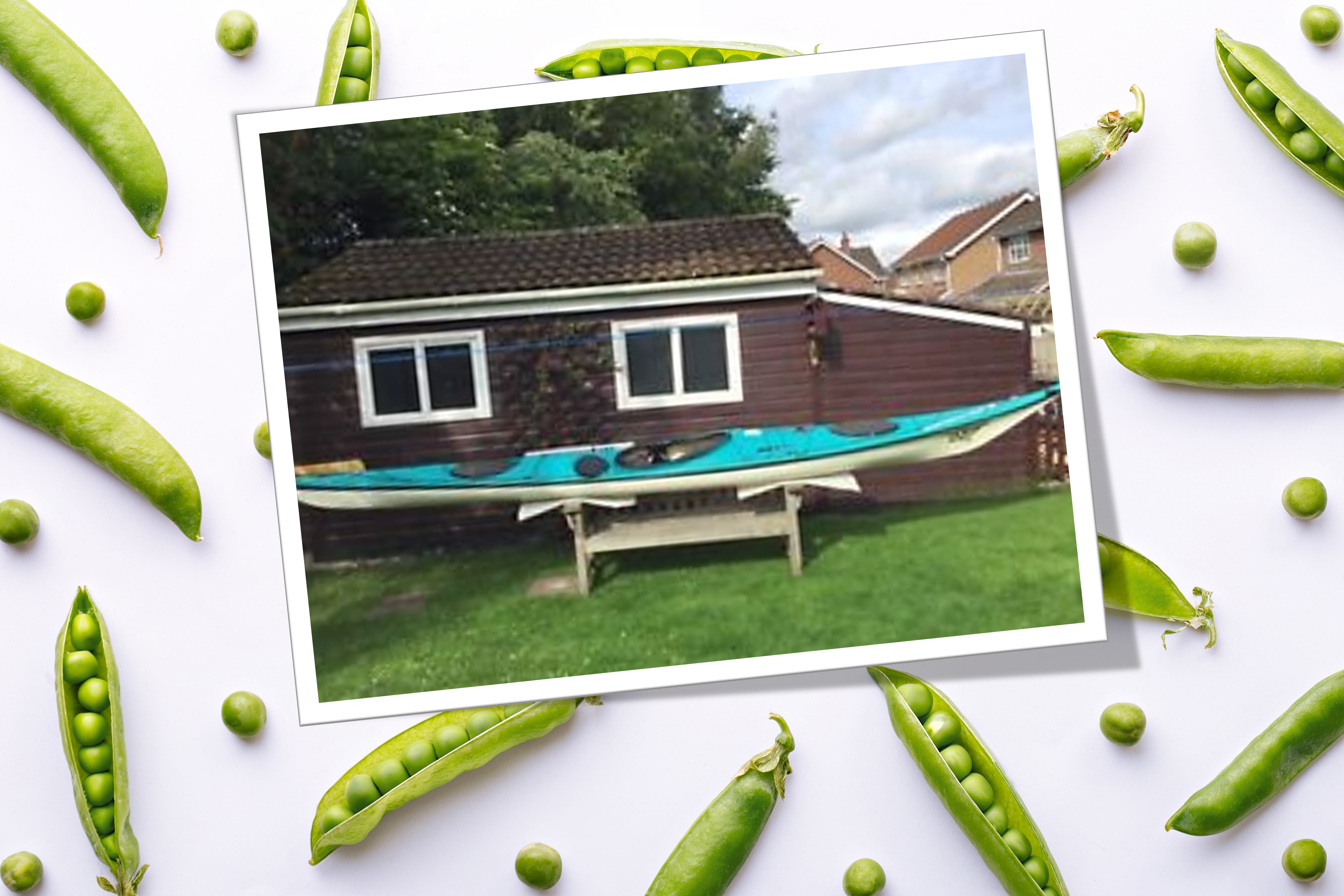100 Ways in 100 Days founder Sue Skeats and behavioural psychologist Claire Gregory, MBPsS, from the University of Surrey were thrilled to guest on educational publishing group Sage’s recent international employee webinar. Our topic? One of our favourites: ‘Save Money, Save the Planet’.
But when you have an audience that stretches from Devon to Delhi and Italy to Indonesia, one-size-fits-all green tips and tricks don’t work. Take into account climate for instance (you wouldn’t tell someone in Saudi Arabia to turn down the heating), the maturity of sustainability in each region, then status of political governance, infrastructure, and always, always culture.
But at 100 Ways we love a challenge. We had a fun, fact-packed hour of green power. On environmental and sustainability issues that are familiar to everyone. Where everybody can do something, while cutting costs for themselves and/or their employer.
Vampire energy
We talked about ‘Vampire energy’, the unseen power sucked by electrical equipment on standby, or not in use. Halving it, in the US alone, would be equivalent to turning off the carbon emissions of Jordan or the Lebanon.
We suggested easy ways of seizing our metaphorical garlic to hunt it down and turn it off. It can make such a difference. One journalist from tech magazine Wired recently reported saving 30% on his energy bills.
Food waste
Then onto food waste, one of the world’s biggest greenhouse gas offenders. Our 100 Ways kitchen hacks gave ideas to revive bagged salad and breathe luscious new life into battered bananas and stale bread.
Developing ‘green’ habits – easily
Claire explained how, if we all work at making small changes, there’s a bigger impact than if a few people make large changes (though they help too). All totally in keeping with 100 Ways’ marginal gains theory.
In fact focusing on small changes is easier to maintain – and doing them in a group encourages social accountability, so we’re more likely to stick to them. They can start to change culture as whole.
Many of our super-engaged audience turned out to be keen sharing community members, for unwanted food – and non-food items too; avoiding wastage and often bagging free goodies into the bargain.
Back to the future
There was animated chat around green habits we can learn from our parents and grandparents, some of which are seeing a resurgence today.
We got excited about clay flagons from India and Nigeria, that cool water, naturally, with no need for a fridge. (They’re on Etsy and other sites now!)
A colleague’s photo, sent from Indonesia that morning, showed the time-honoured custom of using leaves as plates. No washing up; yay! Ditto ‘leaf’ drinking cups from India. Other people tipped precious water saved from washing rice into pot plants, while in China they used eggshells in theirs, as free fertiliser.
A hugely interactive and inspired melting pot of actionable ideas. What a glorious green global village.
Thank you Sage. What an awesome employer!





